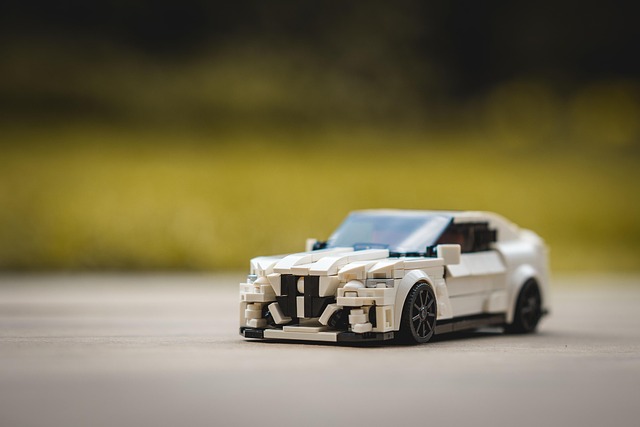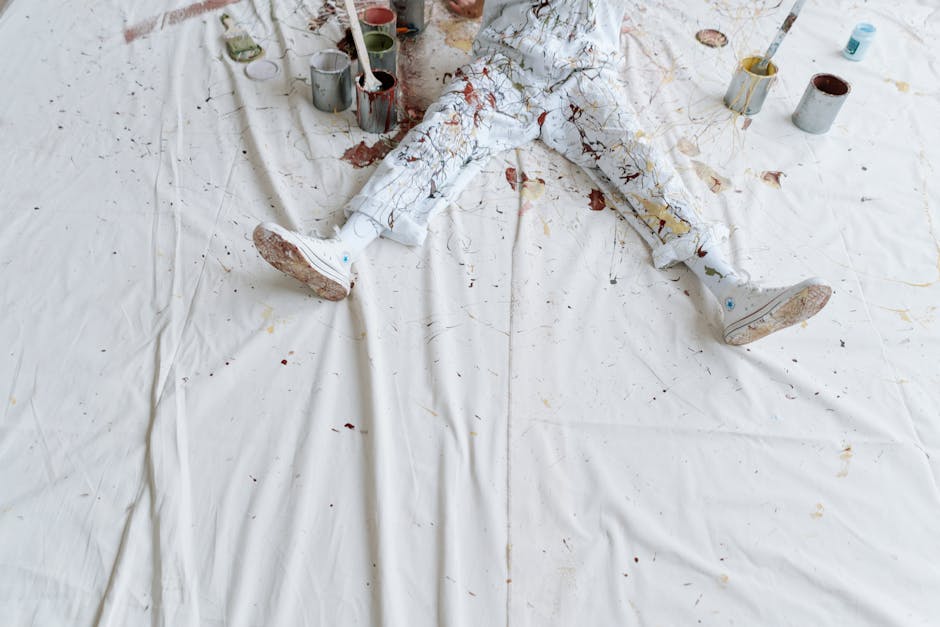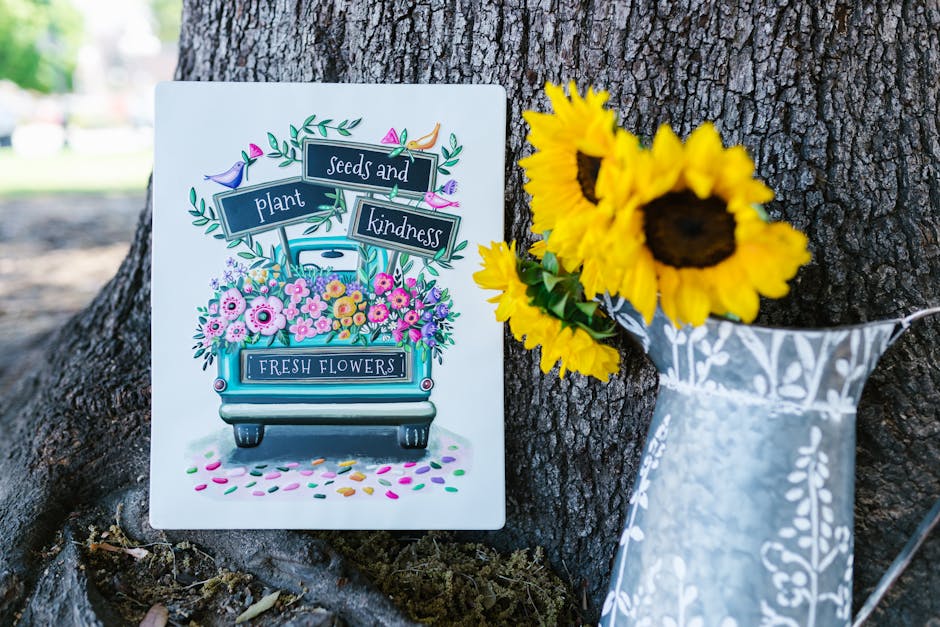Recognizing the Difference Between a Lull and a Real Creative Block
Every creator hits a wall. Sometimes it’s a short lull — the kind where you just need a breather. Other times, it’s a deeper creative block that won’t budge. Knowing which one you’re dealing with matters. A lull clears up with rest or a change in scenery. A real block tends to hang around even after plenty of downtime.
Most blocks have root causes. Burnout comes from grinding too hard with not enough recharge. Perfectionism clogs the pipeline — you overthink, self-edit, and end up publishing nothing. Then there’s overconsumption. You’re watching so much other content that you forget your own voice. It’s creative noise, and it gets loud fast.
Trying to force inspiration usually backfires. Your brain needs space, not pressure. Deadlines are part of the job, but if you’re constantly pushing against a lack of clarity, the work suffers. Give yourself permission to pause and assess. Sometimes the most productive move is stepping back.
Sometimes the best way to move your content forward is to step away from it entirely. Literally. Staring at a screen hoping for inspiration to strike rarely works. But a short walk? Quick sketch? A few unfussy lines in a journal? These break the loop.
When you’re blocked or burned out, physical movement and low-pressure activities give your brain space to recalibrate. They engage other senses and parts of the mind that don’t get much use during screen time. That shift helps ideas surface naturally, without forcing it.
Thing is, you’re still working—just not in the obvious way. Walking gets your rhythm going. Sketching pulls your focus into another medium. Journaling taps into raw thought and emotion. Vloggers need that input to generate meaningful output. It might seem like down time, but it’s not. It’s fuel.
Creativity doesn’t live in a vacuum. Every vlogger working today stands on the shoulders of creators who came before. The trick is pulling from that well of inspiration without becoming a clone. First step: don’t copy content—study its structure. What pulled you in? Was it pacing, tone, topic choice, editing rhythm? Break it down like a blueprint.
Reverse-engineering isn’t stealing. It’s how you learn. Watch your favorite creators with a critical eye. Where do they pause? How do they transition topics? What’s the emotional hook? Then, shift the lens to yourself. What do you bring that they don’t? You’re not them. That’s your strength.
Use their process as scaffolding. Build your own content on top of it with your stories, your voice, your point of view. That’s how influence becomes originality. Borrow the bones, but build a body that’s all your own.
Change the Question to Change the Answer
Creativity under pressure is where smart ideas thrive. Too often, vloggers chase better answers when what they really need is a better question. Instead of asking, “How do I get more subscribers?” try “What type of content would my ideal viewer stop scrolling for every time?” The shift isn’t subtle — it’s directional.
Constraints can be surprisingly useful. Strip things down. Less time, fewer tools, one camera angle. These limits force focus. They push clarity and originality. When you stop trying to be everything to everyone, you start creating with purpose. That’s where the good stuff lives.
Try using techniques like SCAMPER (Substitute, Combine, Adapt, Modify, Put to other use, Eliminate, Reverse), mind mapping, or even flipping roles — what would your viewers say if they had the camera? These exercises clear mental fog. They help break routines and make room for ideas that don’t look like your last five videos.
In a landscape flooded with content, the edge goes to the bold thinkers. Change your prompt, sharpen your limits, and get scrappy. That’s where fresh vlogs come from.
Cross-Pollination Is Fueling Fresh Ideas
Staying creative means shaking off repetition. The best vloggers in 2024 aren’t stuck in a loop—they’re feeding their process with fresh input that keeps things sharp. Watching unfamiliar formats, reading outside their comfort zones, or even just filming in a new environment gives them angles that others miss. Creative ruts don’t stand a chance when your inputs stay varied.
Good feedback also plays a part. The right kind of critique doesn’t kill your vibe. It sharpens it. We’re seeing more creators set up tight circles of trusted reviewers—people who get their tone, push their ideas, and call out weak spots without turning it into a teardown. Cutting through the noise means knowing what to ignore—and who to actually listen to.
Then there’s collaboration, especially across mediums. Some vloggers are bringing in musicians to score their content, or designing intros with motion artists. Others are integrating performance elements that blur the line between digital and real life. It’s not about doing more for the sake of it. It’s about experimenting enough to find what sticks.
Nature isn’t just a nice backdrop for your next vlog scene — it’s a proven reset button for your brain. Studies in cognitive psychology and neuroscience back it up: spending time in green spaces boosts creative thinking. Researchers call it attention restoration. When you unplug from screens and step into natural settings, the brain shifts out of overdrive. That pause lets new ideas surface more easily.
A simple walk through a quiet forest, a beach at low tide, or even your local park can do the trick. Nature engages the senses without overloading them. It frees up mental bandwidth that’s usually tied up in decision-making and digital clutter. You get clarity. Patterns emerge. That idea you couldn’t nail indoors? It might show up halfway through your walk.
If you’re feeling blocked, take your thoughts outside. You don’t need a retreat or a remote cabin. A bench under a tree will do. For more inspiration on how nature fuels creativity, check out Nature-Inspired Art for Fresh Perspectives.
Declutter to declog your mind
A chaotic environment clutters more than just your desk. It jams up your thinking. Start small. Clear a corner of your workspace or strip your setup down to just what you need. No decorative noise. No distractions perched on a shelf.
Next, get your basics in order: light, air, and sound. Natural light wakes up your brain. Fresh air sharpens focus. And silence or a consistent soundscape—like lo-fi beats or ambient noise—can cue your mind that it’s time to work. Don’t underestimate how physical space impacts mental flow.
Daily rituals help too. Light a candle. Power on your camera. Drink the same tea before you hit record. These little signals train your brain to snap into creative mode, faster and clearer each day. When you minimize friction, you maximize output.
Low-Stakes Creativity is the Real Engine
Sometimes the best ideas don’t show up when you try to be brilliant. That’s where freewriting, sketch dumps, and little word games come in. Low-stakes creative sessions let you bypass the inner critic and loosen up. Pressure drops, originality rises.
Creators who keep a steady output often stumble into gold not because they were aiming for it, but because they just kept moving. Quantity builds rhythm, rhythm builds skill, and eventually, skill surfaces quality. A daily throwaway idea can become the seed for your most-watched vlog.
Of course, some days, the work doesn’t land. It happens. When it all feels off or not good enough, resist the urge to scrap it entirely. Instead, step back, give it space, or stash it for later. Perfection isn’t the point—momentum is. As long as you’re making, you’re growing.
Big ideas don’t show up because you sit around waiting. They show up because you’re already in motion. If you’re not putting in reps—writing, filming, publishing—your creative muscles go soft. Just like you can’t PR your deadlift without training, you won’t produce breakthrough content without putting in the boring work first.
Not every day is exciting. Most aren’t. But showing up consistently builds momentum. That rhythm becomes muscle memory. On days when you don’t feel inspired, you still know how to move. That’s where progress comes from.
The spark doesn’t come before the work. It shows up because of the work. Build your habit, and the inspiration follows. Not the other way around.




